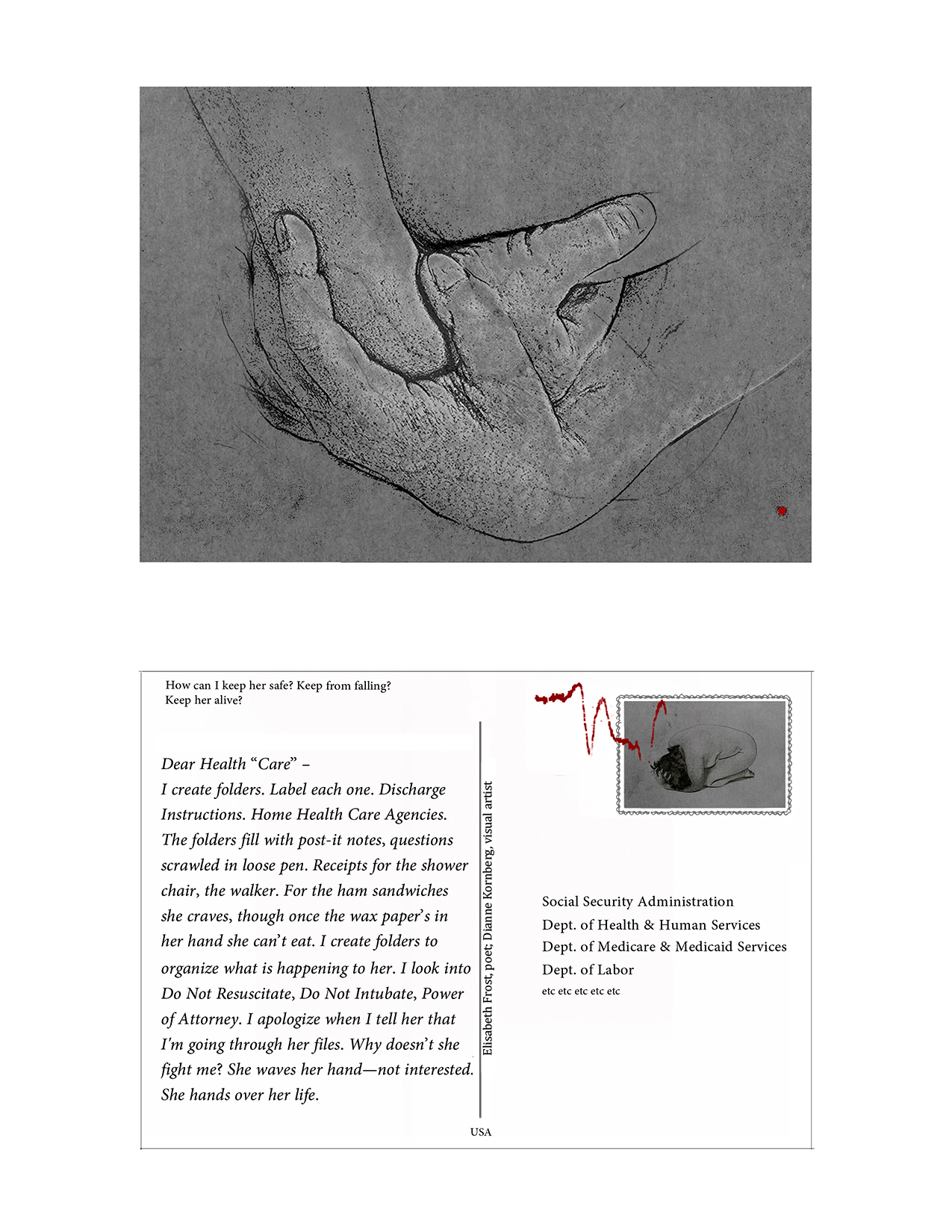What does it look like to care about cures, diagnoses, and medical technologies, ignoring care that is given, received, relied upon daily? Unfunded, invisible—and when supposedly compensated, criminally underpaid? It looks like this:
Women predominate among caregivers of the elderly.[1]
The value of the services family caregivers provide for “free” is about $375 billion a year—twice as much as is spent on homecare and nursing home services combined and exceeding Medicaid long-term care spending in every state.
78% of adults living in the community and in need of long-term care depend on family and friends as their only source of help.
Women family caregivers are 2.5 times more likely than non-caregivers to live in poverty and 5 times more likely to receive Supplemental Security Income (SSI).
Families in which one member has a disability have median incomes more than 15% lower than non-caregiving families. In every state and DC, the poverty rate is higher among families with members with a disability than among families without.
20% of employed female caregivers over age 50 report symptoms of depression (compared to 8% of their non-caregiving peers). 40% to 70% of family caregivers have clinically significant symptoms of depression; a quarter to half meet the diagnostic criteria for major depression.
Stress can take as much as 10 years off a family caregiver’s life.[2]
[1] Source: https://www.ncbi.nlm.nih.gov/pmc/articles/PMC4804270/
[2] Source: https://www.caregiveraction.org/resources/caregiver-statistics
